How To Prune Fruit Trees
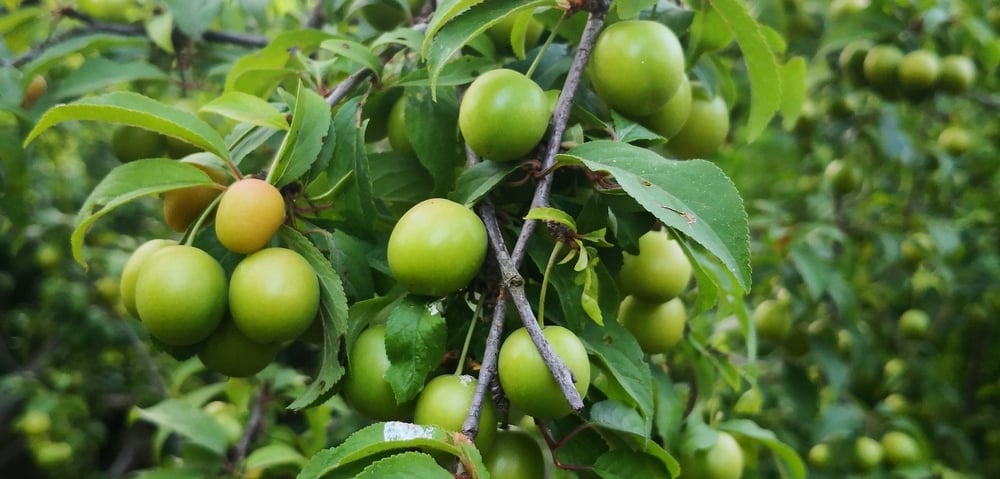
Pruning trees
Trees are an important part of creating a flourishing garden, offering benefits ranging from structure and shading to animal habitat and maintaining soil health.
Mastering the art of pruning lets you guide your trees to grow in ways that will keep them healthy and manageable.
Left to their own devices, though, they can outgrow the average home garden.
To keep trees healthy and manageable, you’ll need to add pruning to your maintenance checklist.
Pruning fruit trees
Most fruit trees need pruning at least once a year in order to r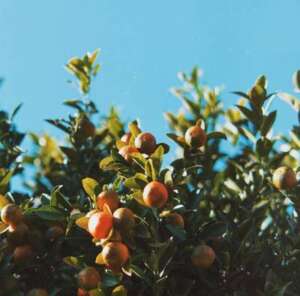 eliably produce good quality fruit.
eliably produce good quality fruit.
This is because pruning influences how a tree puts out new growth, which creates sites for fruit production and shapes the tree’s structure over the long term.
A well-balanced tree has better access to sunlight, uses nutrients more effectively for fruit production, and has higher resistance to pests and diseases.
On top of that, pruning improves your access to the fruit at harvest time, meaning a higher yield.
There are many different thoughts on the best way to prune fruit trees, but there are few rules of thumb that most gardeners tend to agree on.
Keep in mind that some fruit trees can grow to be quite large, and in these cases you should always put your safety first.
It’s best to consult an experienced arborist if you need to remove heavy or high-up branches.
When’s the best time to prune?
The best time to prune fruit trees really depends on where it is in its life cycle and your reasons for pruning it, as well as your local climate.
Generally speaking, mid to late winter through to early spring is a reliable window, but ultimately you can do it almost any time without causing too much damage. Avoid pruning when the tree is coming into fruit.
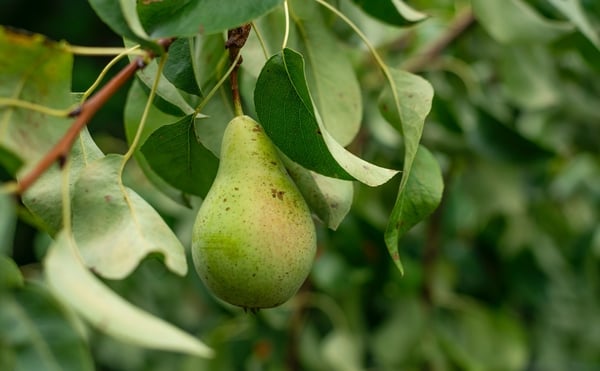
Pruning at the end of winter will give rise to lots of new growth, while a late spring or autumn pruning will lead to more modest growth that requires less follow-up pruning.
Deciduous fruit trees like apples, pears and plums are easier to prune in winter, as the lack of foliage makes it easier to see the underlying structure of branches.
How to prune fruit trees
1. Clean out
Start by removing any dead or brittle branches, as well as damaged or diseased foliage. This will give you an uncluttered starting point for shaping the tree.
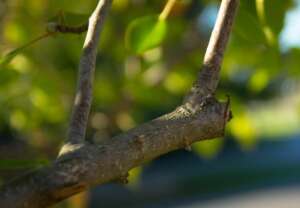
2. Create space
Branches that are touching or rubbing against each other are at an increased risk of disease.
Check for branches that are closely crossed over each other, and cut back any that are likely to cause trouble.
Cut back branches that are growing towards the ground.
3. Remove sprouts
Look for any thin shoots – either water sprouts growing from the trunk/branches, or suckers from the roots – and trim them off.
They take up valuable nutrients that could be better used by the larger, fruit-bearing branches.
4. Shaping
This step depends on the type of tree you’re working with.
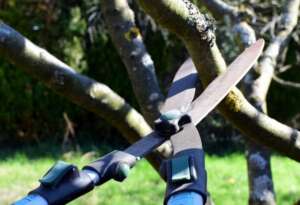 Stone fruit trees (e.g. apricot, nectarine, plum, peach, olive) do well pruned into a vase shape – see our guide to winter pruning roses for more on this.
Stone fruit trees (e.g. apricot, nectarine, plum, peach, olive) do well pruned into a vase shape – see our guide to winter pruning roses for more on this.
This allows more of the branches to access sunlight.
Other trees, such as apple, pear, mango, avocado, mulberry and cherry, are best encouraged to grow with a single, central trunk.
Ideally, they are shaped in this direction from early in life, with the most growth occurring in the upward-growing trunk.
Citrus and fig trees don’t need too much shaping, and can be left somewhat wild in shape. Shaping can be used to promote a more even weight distribution and accessible structure.
5. Clean up
Gather up all the matter you’ve pruned off the tree and dispose of it, especially if any of it is diseased. Thoroughly clean all tools before moving onto another tree.
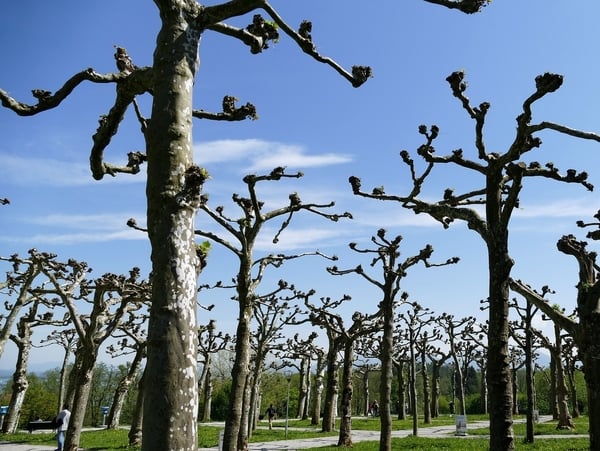
Extra Pruning Tips
- When pruning, keep an eye out for signs of pests or diseases specific to the tree type. For example, citrus gall wasp is known to infest citrus trees, and the galls need to be cut out and ideally burned to avoid reinfestation.
- If you’re wondering how to prune fruit trees to keep them small, the first step is getting started when the trees are small. It’s hard to make a tree smaller than it already is, although you can reduce the size of the canopy (see next point).
- For established trees with overgrown canopies, it’s best to remove no more than 20% of the canopy each year. This leaves plenty of fruiting sites for the following year.
- Depending on the size of your tree, you’ll need pruning shears, loppers and/or a good pruning saw for removing branches. You can use your pruners to cut smaller branches, stems and shoots.
Get pruning for more fruit
Pruning fruit trees can be enjoyable and rewarding – all it takes is a little patience and planning to learn what your tree needs to stay happy and healthy over its lifespan. Of course, you’ll also enjoy higher yields of delicious, homegrown fruit year after year. .
Current Sale



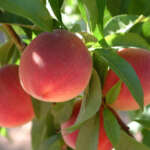
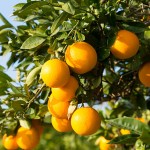






Comments are closed.